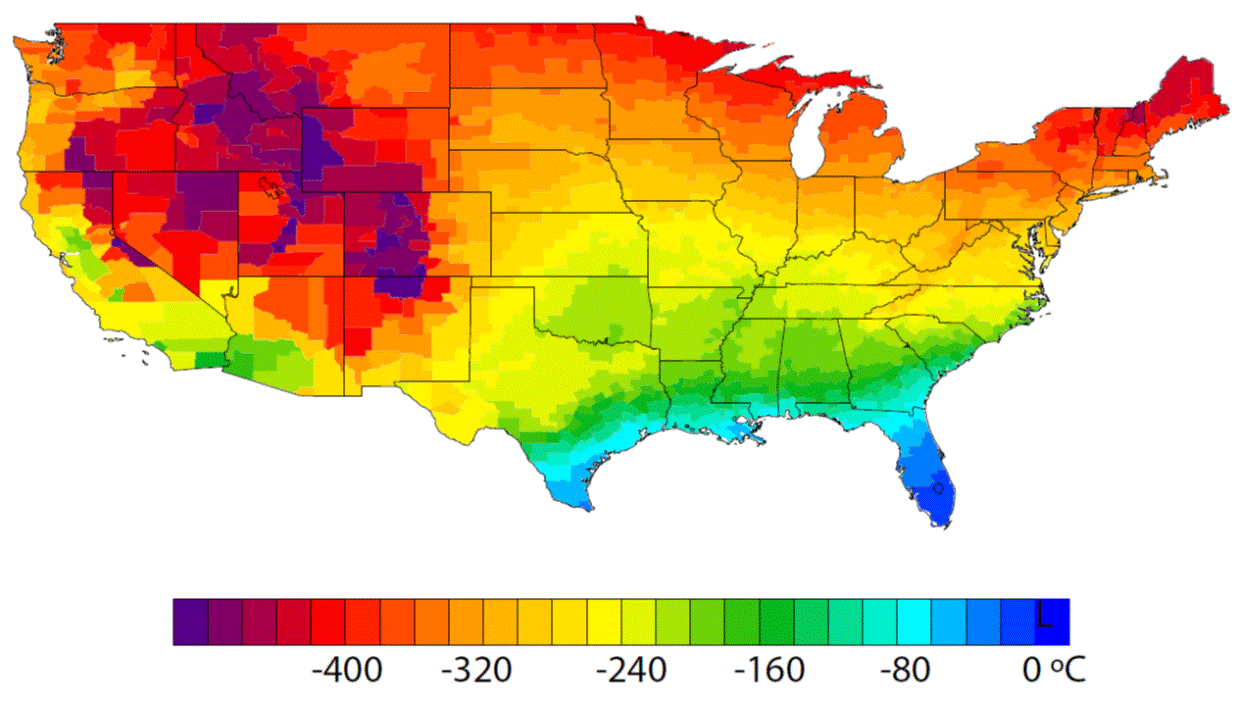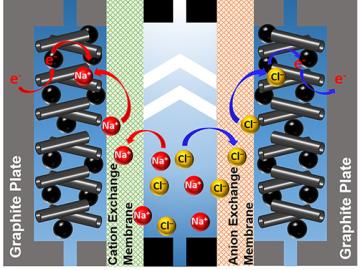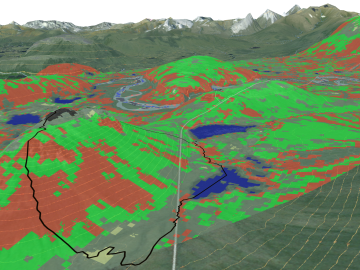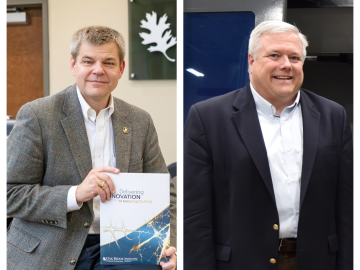
Filter News
Area of Research
- (-) Computational Engineering (3)
- (-) Energy Science (106)
- Advanced Manufacturing (18)
- Biology and Environment (45)
- Building Technologies (4)
- Computational Biology (1)
- Computer Science (13)
- Fusion and Fission (2)
- Fusion Energy (3)
- Isotopes (4)
- Materials (55)
- Materials for Computing (9)
- Mathematics (1)
- National Security (16)
- Neutron Science (21)
- Nuclear Science and Technology (8)
- Quantum information Science (4)
- Supercomputing (61)
News Type
News Topics
- (-) 3-D Printing/Advanced Manufacturing (52)
- (-) Artificial Intelligence (6)
- (-) Biomedical (5)
- (-) Buildings (21)
- (-) Computer Science (20)
- (-) Environment (28)
- (-) Microscopy (6)
- (-) Molten Salt (1)
- Advanced Reactors (3)
- Big Data (3)
- Bioenergy (16)
- Biology (7)
- Biotechnology (3)
- Chemical Sciences (11)
- Clean Water (5)
- Composites (14)
- Coronavirus (6)
- Critical Materials (8)
- Cybersecurity (3)
- Energy Storage (47)
- Exascale Computing (2)
- Fossil Energy (1)
- Frontier (1)
- Fusion (1)
- Grid (24)
- High-Performance Computing (4)
- Hydropower (2)
- Isotopes (1)
- Machine Learning (7)
- Materials (29)
- Materials Science (20)
- Mathematics (1)
- Mercury (2)
- Nanotechnology (6)
- National Security (4)
- Neutron Science (7)
- Nuclear Energy (5)
- Partnerships (8)
- Physics (1)
- Polymers (10)
- Quantum Science (1)
- Security (3)
- Simulation (2)
- Space Exploration (2)
- Statistics (1)
- Summit (3)
- Transportation (43)
Media Contacts

A detailed study by Oak Ridge National Laboratory estimated how much more—or less—energy United States residents might consume by 2050 relative to predicted shifts in seasonal weather patterns

A study led by Oak Ridge National Laboratory explored the interface between the Department of Veterans Affairs’ healthcare data system and the data itself to detect the likelihood of errors and designed an auto-surveillance tool

OAK RIDGE, Tenn., May 8, 2019—Oak Ridge National Laboratory and Lincoln Electric (NASDAQ: LECO) announced their continued collaboration on large-scale, robotic additive manufacturing technology at the Department of Energy’s Advanced Manufacturing InnovationXLab Summit.

Scientists at Oak Ridge National Laboratory have developed a low-cost, printed, flexible sensor that can wrap around power cables to precisely monitor electrical loads from household appliances to support grid operations.

A team of scientists led by Oak Ridge National Laboratory used carbon nanotubes to improve a desalination process that attracts and removes ionic compounds such as salt from water using charged electrodes.
Higher carbon dioxide levels caused 30 percent more wood growth in young forest stands across the temperate United States over a decade, according to an analysis led by Oak Ridge National Laboratory.

Oak Ridge National Laboratory scientists have created open source software that scales up analysis of motor designs to run on the fastest computers available, including those accessible to outside users at the Oak Ridge Leadership Computing Facility.

A team of scientists led by Oak Ridge National Laboratory used machine learning methods to generate a high-resolution map of vegetation growing in the remote reaches of the Alaskan tundra.

Oak Ridge National Laboratory scientists studying fuel cells as a potential alternative to internal combustion engines used sophisticated electron microscopy to investigate the benefits of replacing high-cost platinum with a lower cost, carbon-nitrogen-manganese-based catalyst.

Two leaders in US manufacturing innovation, Thomas Kurfess and Scott Smith, are joining the Department of Energy’s Oak Ridge National Laboratory to support its pioneering research in advanced manufacturing.


